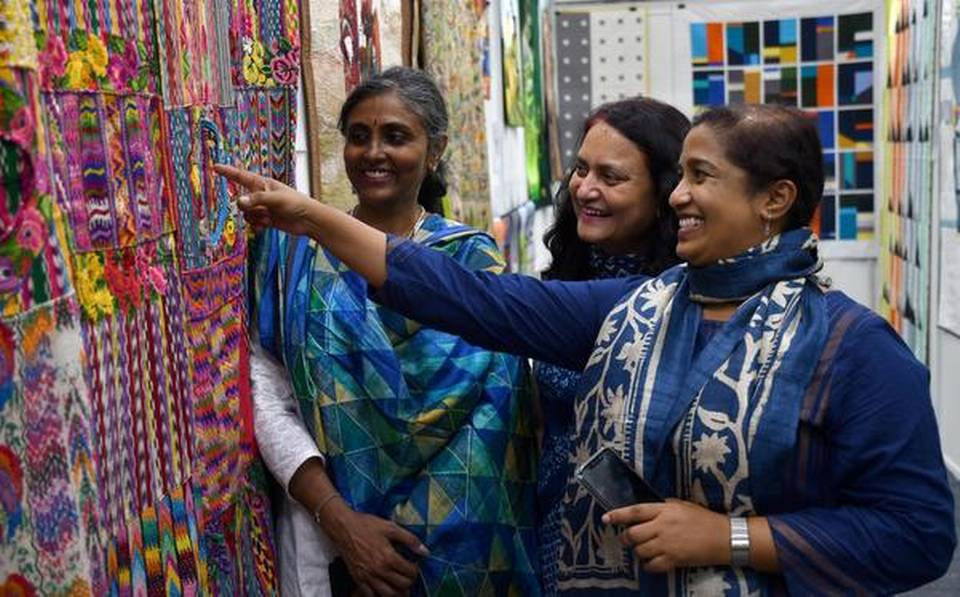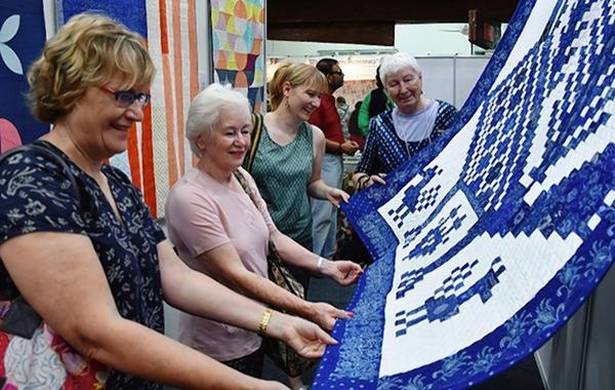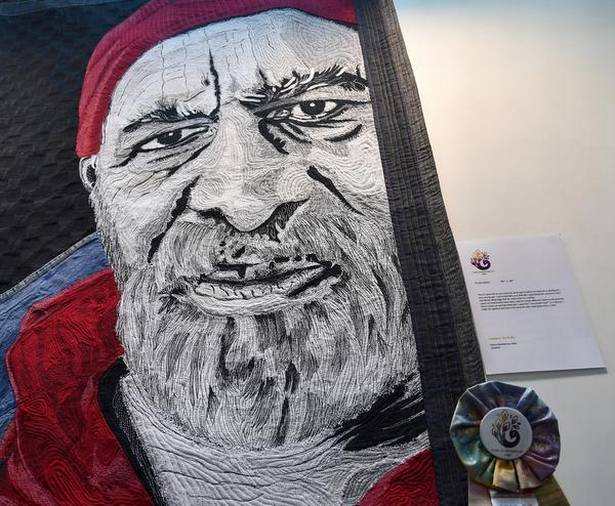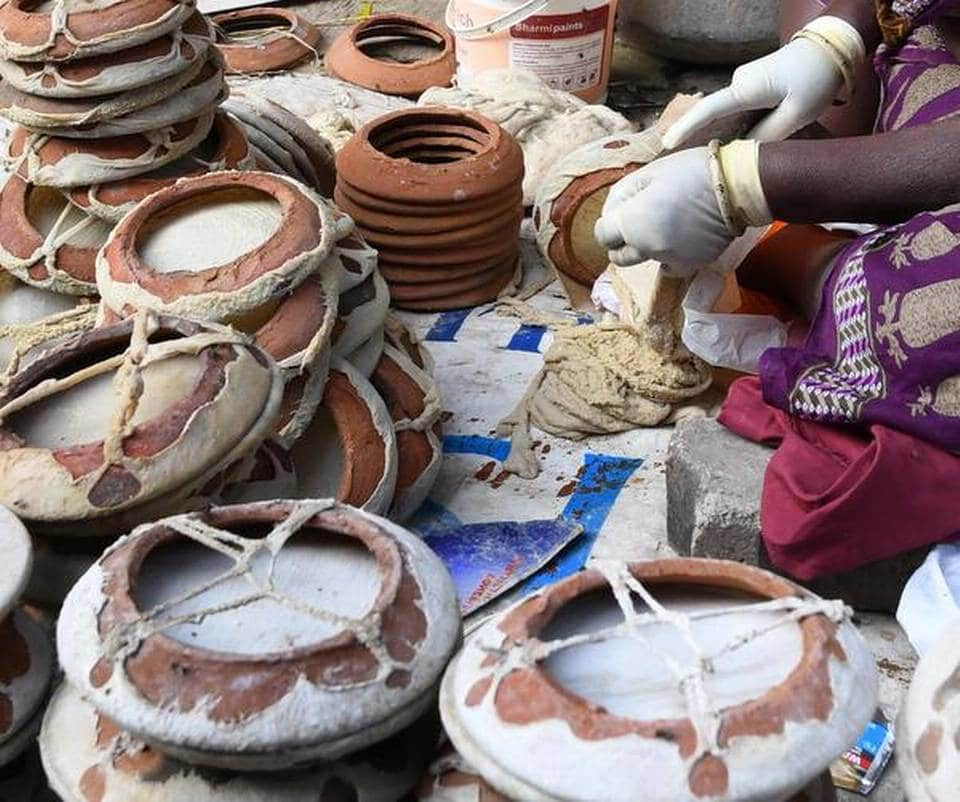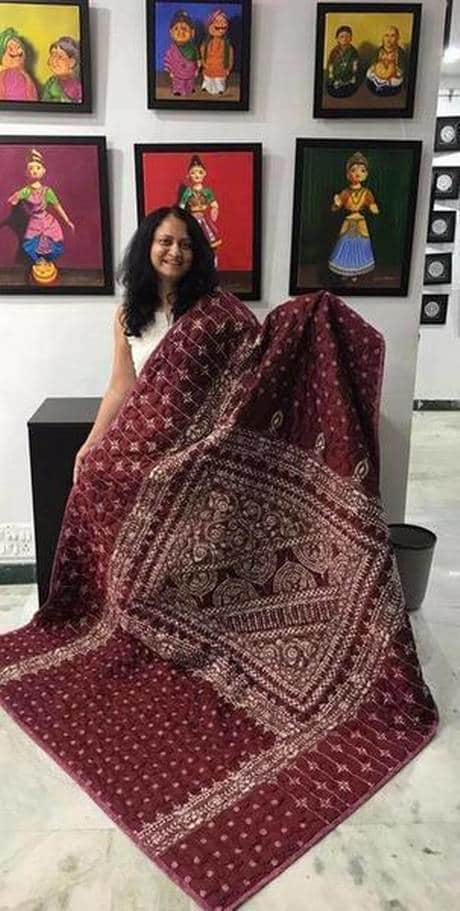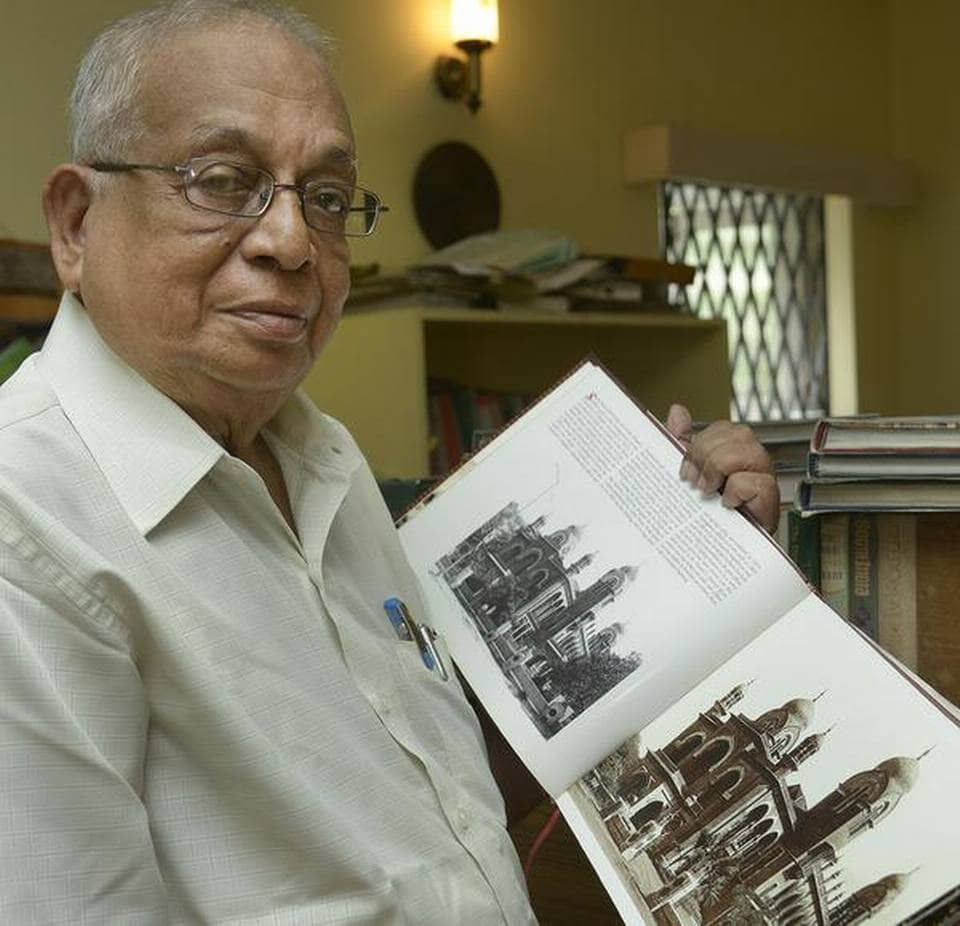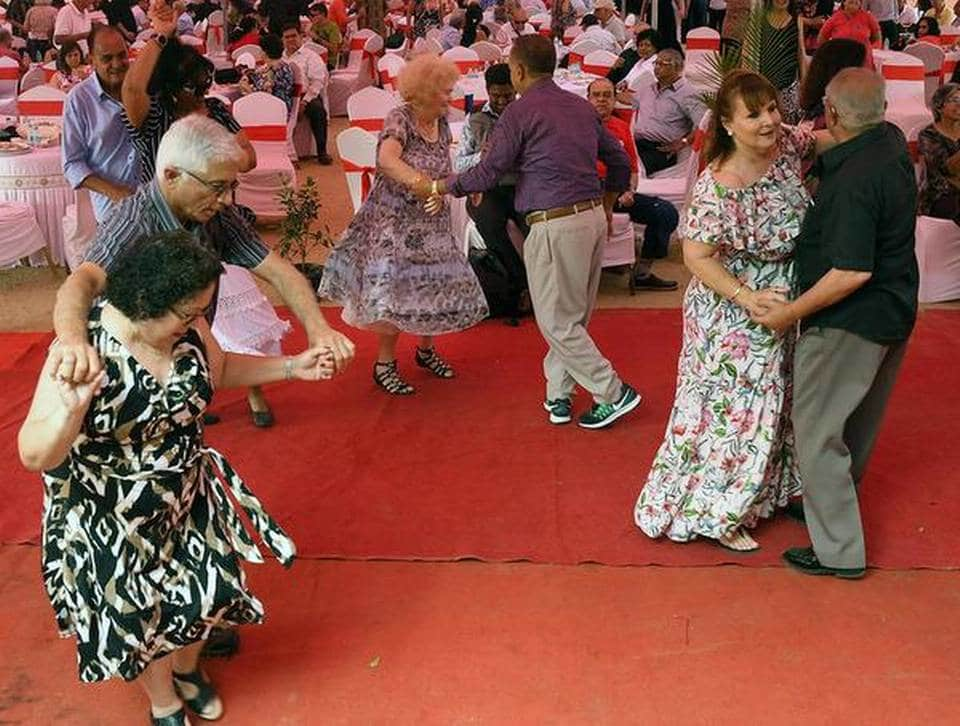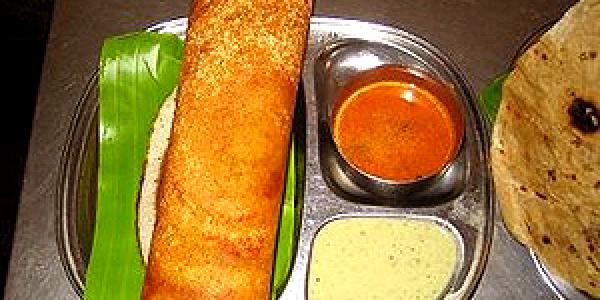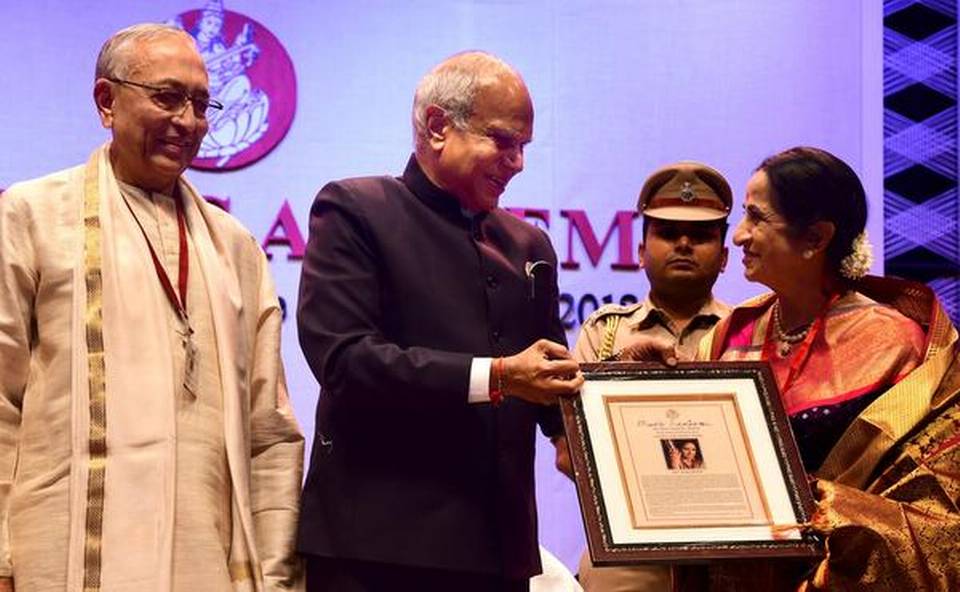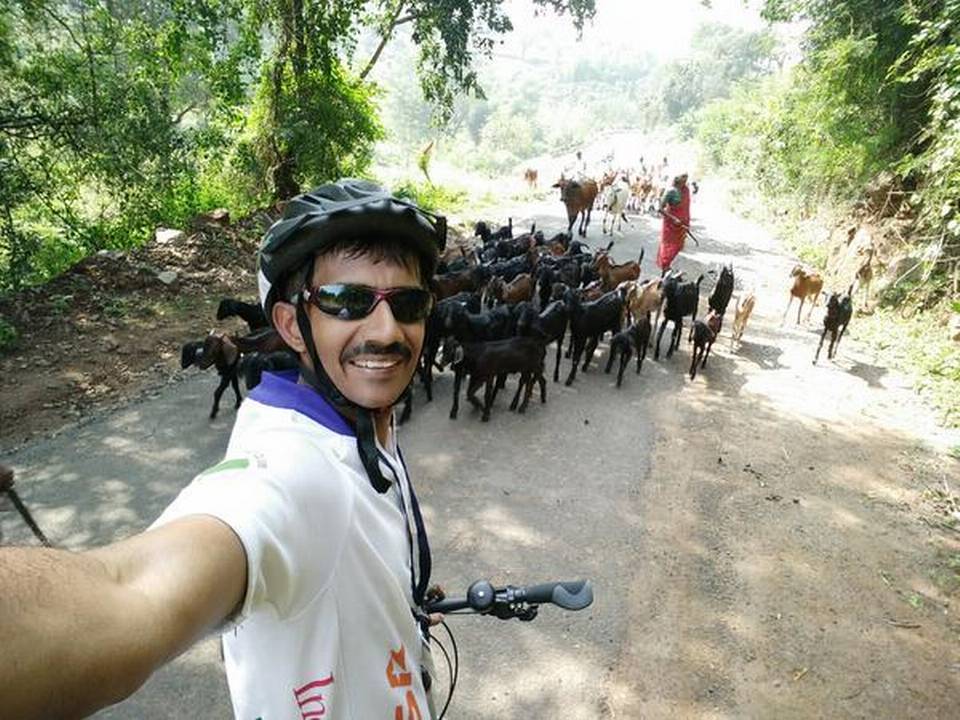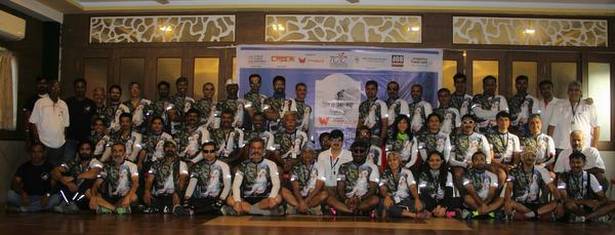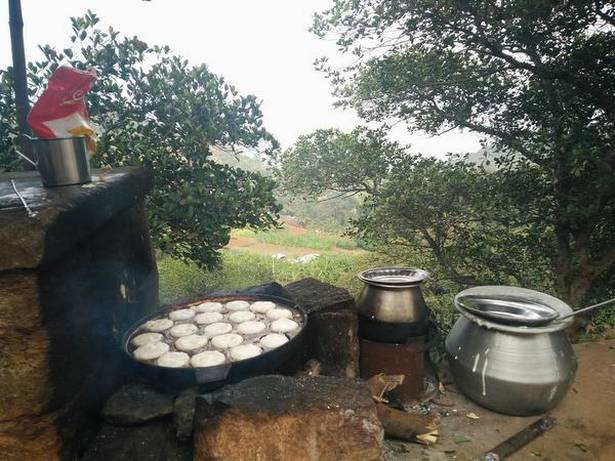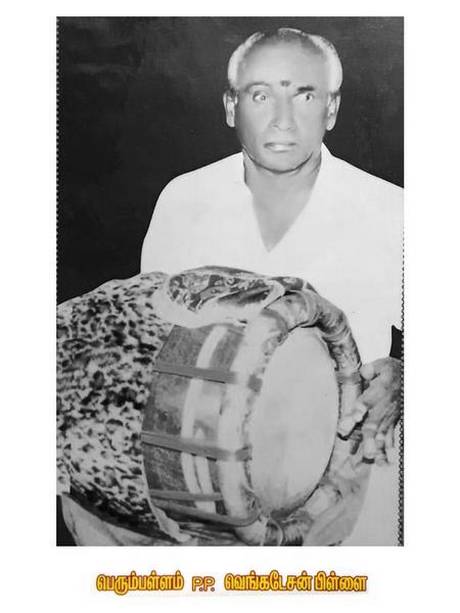From portraits to Christmas patterns, the recently-concluded International Quilt Show showcased creative works of various sizes, shades and nationalities
Jim Morrison strikes a pose with his guitar as disco lights twinkle overhead. Then there are glasses of martini — shaken not stirred — dancing peacocks, cobbled stone paths and landscapes… all on quilts. The recently-concluded International Quilt Show, part of India Quilt Festival 2019 (organised by India Quilt Foundation), displayed patterns that ranged from creative and dramatic to quirky.
“This is the first time this event is being organised in India,” says Tina Katwal, who started India Quilt Foundation along with Deepa Vasudevan and Varsha Sundararajan in January 2018. The event was divided into two sections: competition and exhibition. The competition featured around 290 quilts. With its dizzying colours, varied themes and intricate work, the displays made sure the attendees had their phone cameras out the whole time. The lure of the quilts also ensured heavy traffic outside Sri Sankara Hall, the venue, as people came in droves to witness works of art.
The exhibition section had around 70 quilts, some on loan from countries such as the US, Hungary, Guatemala, Korea, Kuwait, UAE and Scotland.
“India has a large number of talented quilters. While quilting festivals happen the world over, we wondered why it hadn’t been organised here before. We have an online community called Desi Quilters. They seemed excited about the idea of a quilt show. And that’s how it started,” says Tina, who owns a quilt store called The Square Inch.
All about talent
Chitra Mandanna can hardly stop smiling. Of her six exhibited works, four have won her awards. “These include Best of Show and Judges’ Choice in the Art category, and a first prize and an honorary mention in the Theme category,” says Chitra.
A striking portrait of her uncle, made using cheesecloth and denim, stands out. “It took me a month to create this. Working with cheesecloth can be challenging,” says the 42-year-old, adding, “It took me seven months to complete all six quilts. I’ve used techniques such as beading, fabric manipulation, upcycling, confetti quilting…” Only after she lists the different techniques do we realise that there is so much more to quilting than just stitching together layers of fabric, usually saris.
The show also had entries by children, their quilts brimming with things that occupy their thoughts — cupcakes, ice cream sundaes and ice lollies. Ten-year-old S Ritika’s quilt is just as petite as her. The 26X40 inch quilt features a patchwork of chubby yellow, green, orange, pink and brown birds against a black background. “My mother introduced me to quilting. We have two machines at home and sew together,” says Ritika, who took two weeks to complete her quilt.
What also stands out is a hot pink quilt, with rectangular bars in sea green, brown, tan and shades of pink, created using patchwork and machine quilting techniques. Something that would look great as a sari. People around fondly refer to it as the “muttai pink delight”.

“It’s actually a throw,” says Kamala Murali, its 29-year-old creator. “I am a textile designer and use a lot of quilts in my work,” she says, adding, “My grandmother has always collected quilts and since there is something so comforting about quilts, I gravitate towards it.” Kamala is also launching her own textile label titled Kambli, which means quilt in Tamil (nothing to do with Vinod Kambli, the cricketer!).
Quilting is no longer a hobby of the older generations. “I’ve noticed a lot of young people taking to it. I think it’s because they get a large surface to express what they want to say,” says Kamala.
source: http://www.thehindu.com / The Hindu / Home> Entertainment> Art / by Priyadarshini Paitandy / January 28th, 2019
